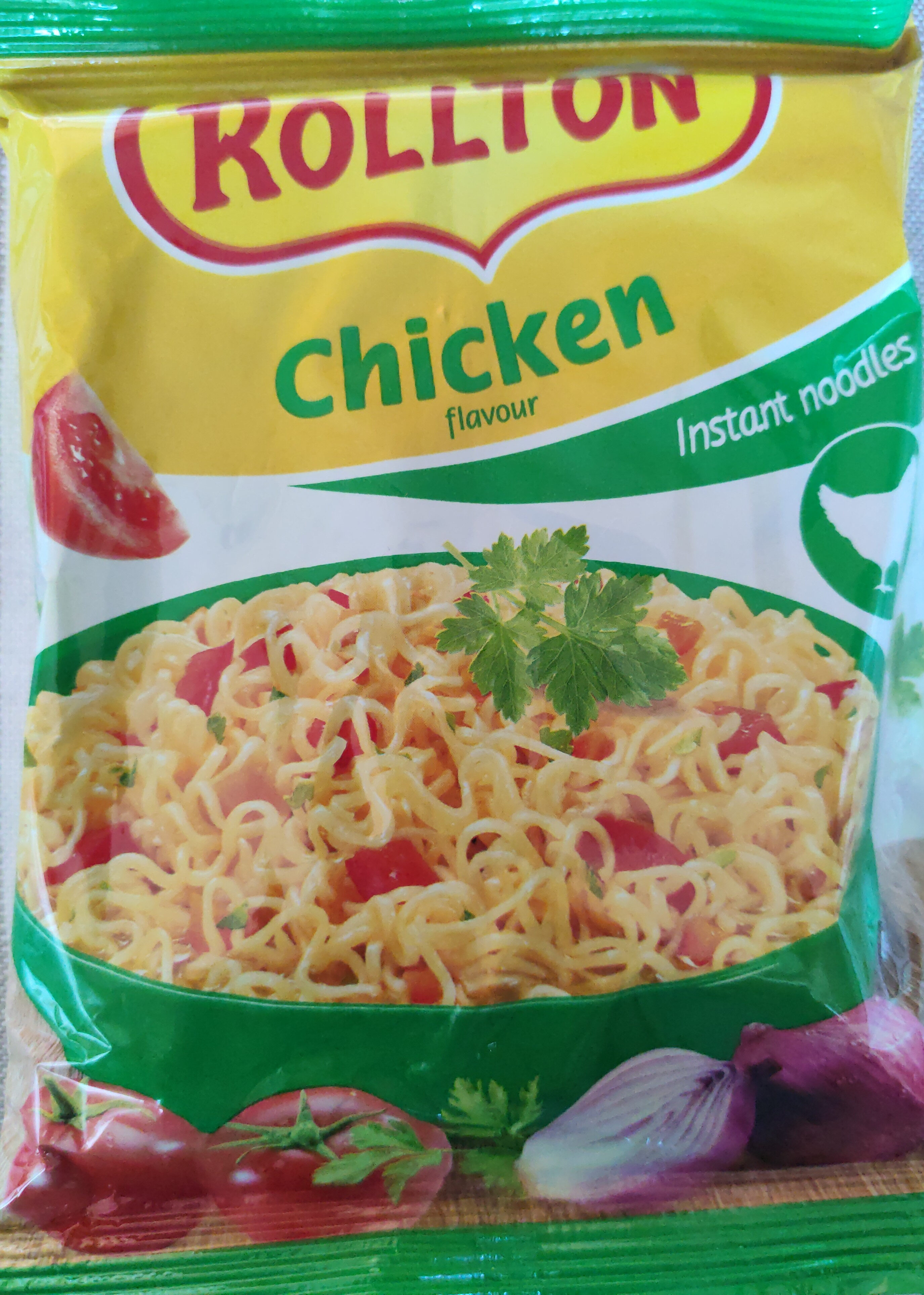Instant noodles Chicken flavour - Rollton - 60 g
This product page is not complete. You can help to complete it by editing it and adding more data from the photos we have, or by taking more photos using the app for Android or iPhone/iPad. Thank you!
×
Barcode: 4605496001584 (EAN / EAN-13)
Quantity: 60 g
Packaging: Plastic
Brands: Rollton
Categories: Plant-based foods and beverages, Plant-based foods, Dried products, Pastas, Dried products to be rehydrated, Noodles, Instant noodles
Labels, certifications, awards:
Organic, EU Organic, HU-ÖKO-01
Matching with your preferences
Environment
Carbon footprint
Packaging
Transportation
Threatened species
Labels
Report a problem
Data sources
Product added on by kiliweb
Last edit of product page on by foodvisor.
Product page also edited by inf, liceparty, openfoodfacts-contributors, packbot, vanessa-naghi, yuka.FLN_AtGWAtEdDcv0j6k2jRPrOdm9CsNCJ1QToQ.
If the data is incomplete or incorrect, you can complete or correct it by editing this page.









